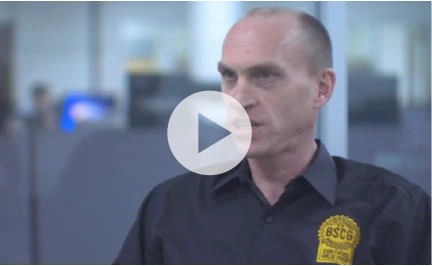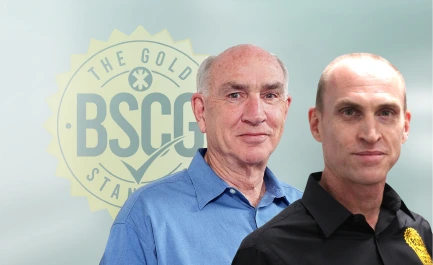
THE GOLD STANDARD IN THIRD-PARTY CERTIFICATION AND TESTING : +1-800-920-6605, info@bscg.org
The discovery and reporting of the second designer steroid, tetrahydrogestrinone (THG), marked a significant milestone in the fight against doping in sports. This article delves into the history, discovery, and impact of THG, also known as "The Clear," and its implications for anti-doping measures.
In 2003, Dr. Don Catlin, a pioneering figure in anti-doping science, reported the identification of THG. This anabolic steroid was brought to attention when a used syringe containing the substance was anonymously sent to the United States Anti-Doping Agency (USADA). Dr. Catlin and his team at the UCLA Olympic Analytical Laboratory successfully identified and developed a test for THG, marking it as the second designer steroid reported after norbolethone (BSCG).
THG is a synthetic anabolic steroid derived from gestrinone. Its chemical structure was specifically modified to enhance anabolic effects while minimizing detection by standard drug tests. This alteration allowed athletes using THG to enhance their performance covertly, leading to its nickname "The Clear" due to its undetectable nature at the time of its use (BSCG) (SpringerLink).
The discovery of THG was closely linked to the Bay Area Laboratory Co-operative (BALCO) scandal. BALCO, operated by Victor Conte, was found to be the source of THG distribution to numerous high-profile athletes, including those participating in the Olympics and professional sports. BALCO's role in the doping scandal highlighted the widespread use of designer steroids in elite athletics and the lengths to which athletes and their support teams would go to gain a competitive edge (BSCG) (SpringerLink).
The revelation of THG's use prompted significant legal and ethical debates within the sports community. The scandal led to several high-profile investigations and the subsequent banning of numerous athletes. The legal repercussions included the indictment of BALCO officials and the implementation of stricter anti-doping regulations by sports governing bodies (BSCG) (SpringerLink).
The identification of THG underscored the need for advancements in doping detection methods. Dr. Catlin and his team employed sophisticated mass spectrometry techniques to detect THG in athletes' urine samples. This breakthrough not only facilitated the identification of THG but also set a precedent for the detection of other designer steroids in the future.
The reporting of the second designer steroid had a profound impact on the approach to anti-doping measures. The detection of THG demonstrated the necessity for continuous innovation in testing methods to keep pace with the development of new performance-enhancing substances. It also emphasized the importance of international collaboration among anti-doping agencies to ensure the integrity of sports.
The exposure of THG and its use by elite athletes brought about a shift in the perception of doping within the sports community. It highlighted the extent to which some athletes were willing to compromise their health and integrity for competitive success. This shift prompted a renewed focus on promoting clean sports and educating athletes about the risks and consequences of doping.
The use of THG, like other anabolic steroids, posed significant health risks to athletes. Long-term effects included hormonal imbalances, cardiovascular issues, and psychological impacts. The BALCO scandal and the subsequent exposure of THG's health risks served as a cautionary tale for athletes considering the use of performance-enhancing drugs.
The reporting of the second designer steroid, THG, by Dr. Don Catlin in 2003 marked a pivotal moment in the history of sports and anti-doping efforts. The identification of THG not only unveiled a sophisticated doping scheme but also catalyzed advancements in detection methods and anti-doping policies. The BALCO scandal underscored the need for vigilance and innovation in the fight against doping, ultimately contributing to the ongoing pursuit of fair and clean competition in sports.
For more detailed information on this discovery and its implications, refer to resources such as the [BSCG website](https://www.bscg.org) and other reputable sources within the anti-doping community.



 YouTube Channel
YouTube Channel
Oliver Catlin Interview
 BSCG BLOG
BSCG BLOG
Consumer Reports Overinflates Lead and Heavy Metals Concern in Protein Supplement Survey

 The Catlin Perspective blog widget
The Catlin Perspective blog widget
THE HISTORY OF BSCG